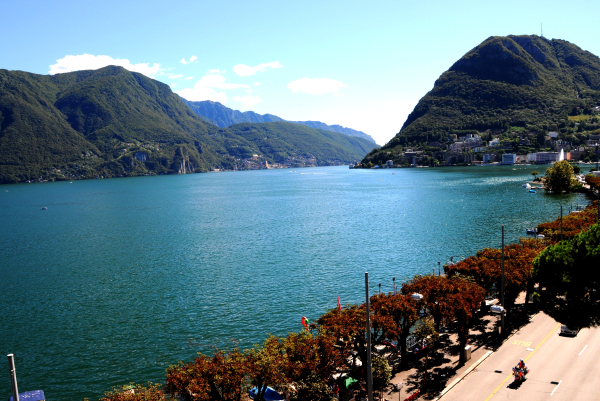
“ I think the Ticino is the only area in the world that makes a dry white Merlot, oak fermented. Very successful. People love it. A lot of Americans come here now. They love this white Merlot. They think it’s crazy. They ask, “Where can we find it?” You’ve got millions of Chardonnays. But a dry white Merlot? It’s something you want to try because it’s the only one.”
It is a warm day in early September. From the train station in Mendrisio, in the southern Swiss canton of Ticino, the mountain named Generoso (generous) rises above Lake Lugano and looks like a kneeling elephant. After walking parallel to the mountain base for a few kilometers, I turn right at Via Vignoo 3, into the tree covered driveway of the Brivio Winery, close to the Italian border.
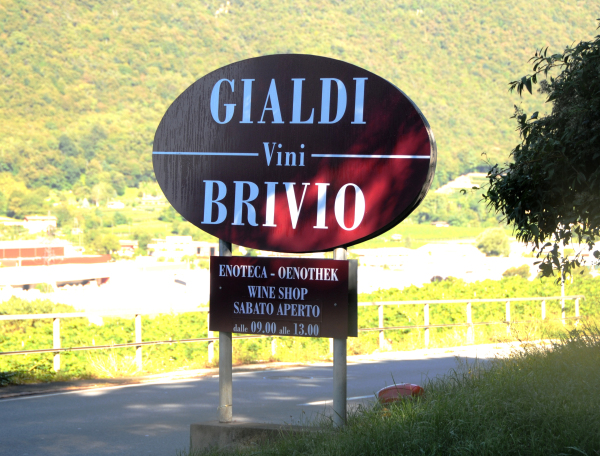
Guido Brivio greets me in the entrance hall at 9.30 am – exactly on time. Wearing a white jacket and trousers he leads me on an eight minute tour of the winery. Brivio’s winery is unique because of two reasons. The first is that punched into the walls of 16 ancient cellars are holes, each less than the diameter of a fist and four to six meters long. Each hole enters the porous rock substrate that forms Monte Generoso, and helps channel a flow of cool air into the cellars. Guido explains the benefit.
“These rooms are built under the mountain. A hundred and fifty years old. Perfect for aging wine. When it rains the water pushes out fresh air on this Swiss side. They were built to season cheese, salami, and wine, and for those who built them to party with their friends.”
The second reason the winery is unique is because it produces dry white Merlot.
“The biggest challenge is to prove that we can make great wine in the Ticino, and for the international market too. Here, Ticino used to be Italy. We’ve always had a wine culture.
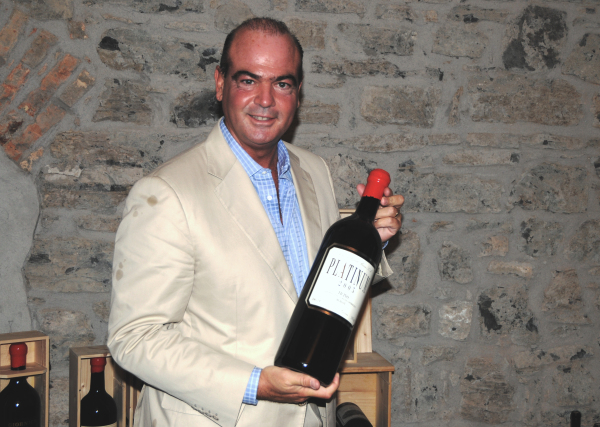
“In the late ‘80s there was kind of a revolution in Ticino wine. There was a new wave of winemakers that had new ideas. It gave a positive impulse to local wines.
“For us, the goal was to create a new quality brand wine to go to top restaurants in Switzerland. After years the brand became well known in Switzerland. We did something good. The response of the market is positive.
“Merlot is a great grape. You can make tons of different kinds of wine. Rose, white, dry white, blend it with Cabernet, make it red and fruity and light, or make a big heavy red for aging. It’s versatile. We used to have an importer in New York, but after 9/11 we lost him. My wife is American. I’d love to sell my wine in the States. But Switzerland is well known for cheese and banking and watches. Not so much for wine.
“We have to become more solid. They have to recognize us abroad. You go to Bordeaux, the big chateaux, they know we make great Merlot. But they are professionals. The average consumer doesn’t know yet.
“When I started, I received a lot of slammed doors in my face. Especially for white Merlot. I received a letter from a restaurant owner saying, “You are going to ruin red grapes to make wine. You’re going to ruin the image of Ticino. Please stop. It’s not going to be successful.” And now? He reserves maybe 60 bottles a year. Sometimes you have to go against the wave to try new things.
“We use a lot of oak, all from the Massif Central of France. For red wine we go for medium toasting. For white we use a heavier toasting. The most important is the grain of the wood. Big grain gives less oxygen. The important thing is oxygen going through the oak and breathing with the wood and wine.
“It’s a 360 degree job. You’re in contact with nature in the vineyards. You’re exposed to the technical part of the winemaking process. The most fun is promotion – you meet tons of people. Basically wine is emotion, so you have to communicate your emotions to everyone else. We’re lucky to have this job.
“I think the most difficult thing for a wine producer is to keep up the same quality every year. Consistency. Every vintage you make your own painting. Your style has to be there. When the consumer buys the brand, they want that quality.”
We enter the tasting room, where bottles stand before paintings. Each image represents the taste of a particular wine to the artist.
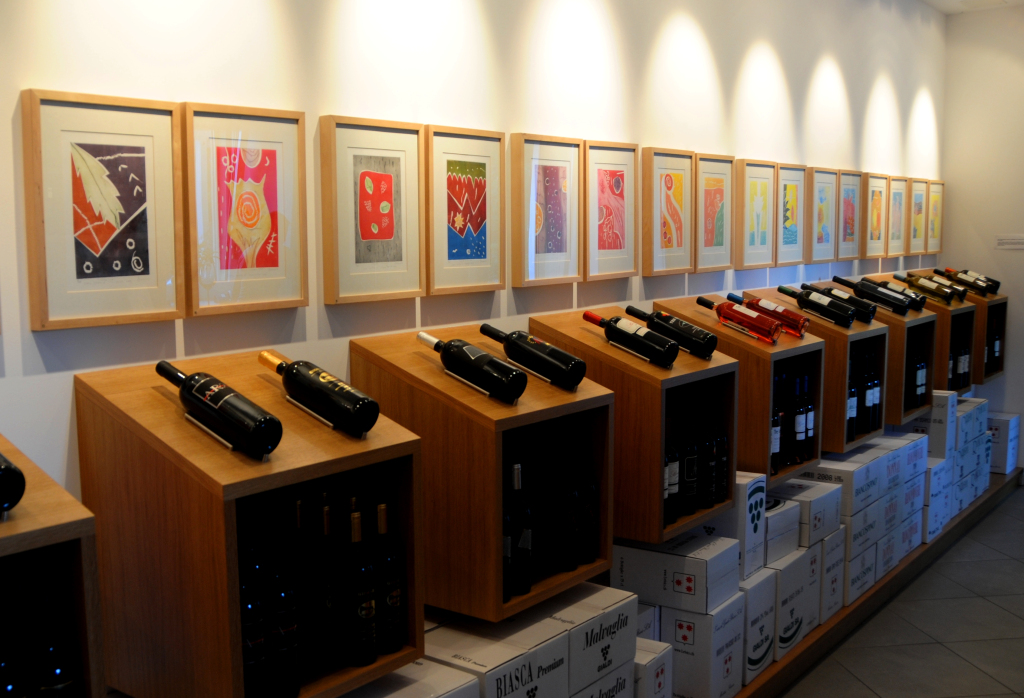
We finally taste Guido’s prize– white Merlot.
“The oak is there but it’s fresh, clean,” Guido says. “A very precise tannin.”
The word precise also sums up Guido’s business strategy – methodical and focused.
A half hour later, on a lazy morning in the Ticino, I walk back to Mendrisio to catch the train to Lugano. Beside clocks and well engineered highways and tunnels, the truth is clear: the Swiss reputation for innovation and detail now touches their wine.
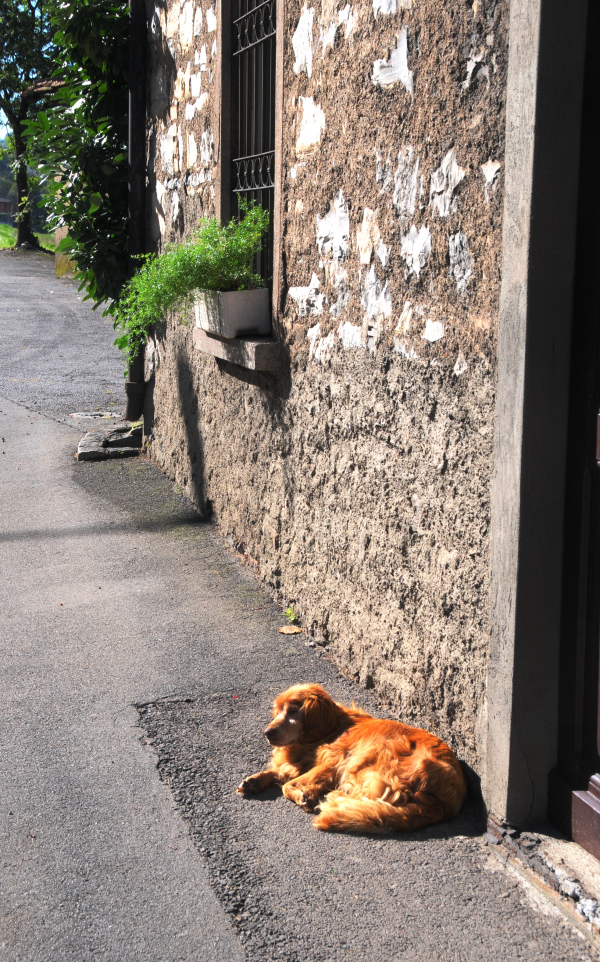
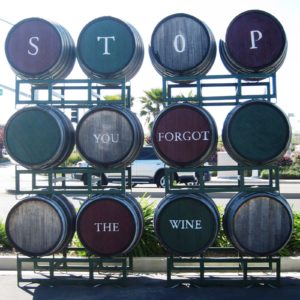

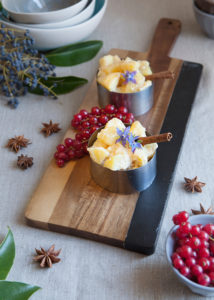
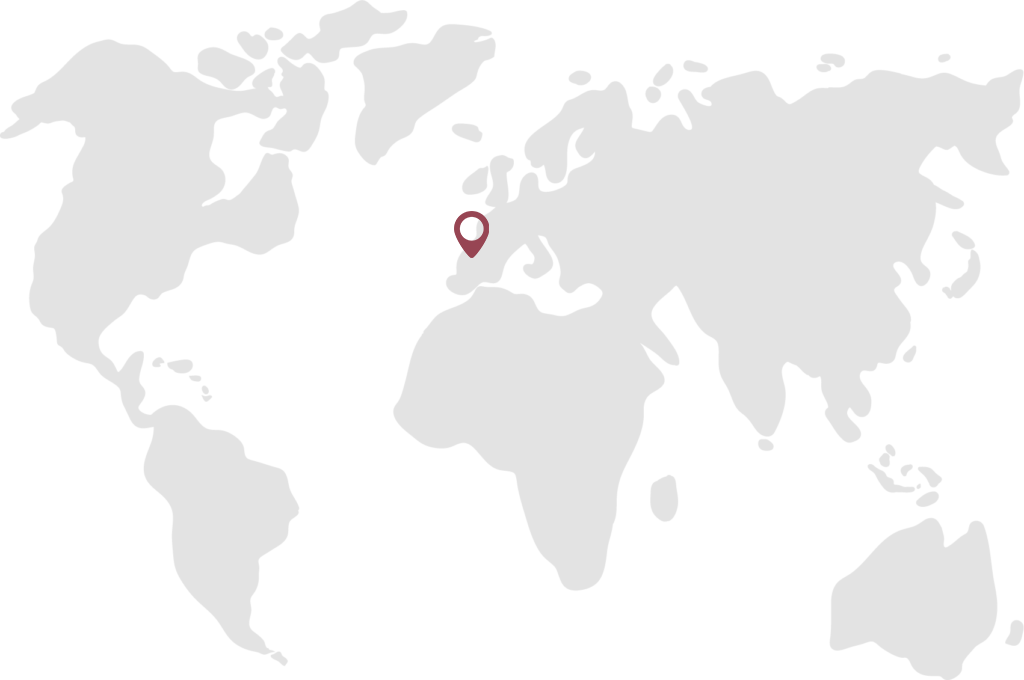
Sandy Lybik
18 Aug 2011Is there anywhere in the United States that imports Gialdi Vini Brivio wines?
Alicia Kowalski
20 Aug 2011Wonderful article on Guido Brivio and his wines from Ticino.
We love his wines and wish we could get them in the states!
Ticino and it’s wines is one of the secret treasures of this world that many do not know about.
Thank you for informing more people about Brivio’s exceptional White merlot and this incredible wine region.
Bravo!
John Scott
30 Nov 2011Love the article – tasted the white merlot via a friend from England! It was delicious – chi ching!
Mahendra Ghelani
6 Jun 2016Fascinating! Did not know untill the 3rd June when for the lunch, guest accompanying us suggested and we had it and fell in love with it. Superb wine.
vinoexpressions
10 Jun 2016Wonderful! Hope you enjoyed that speciality of Ticino…